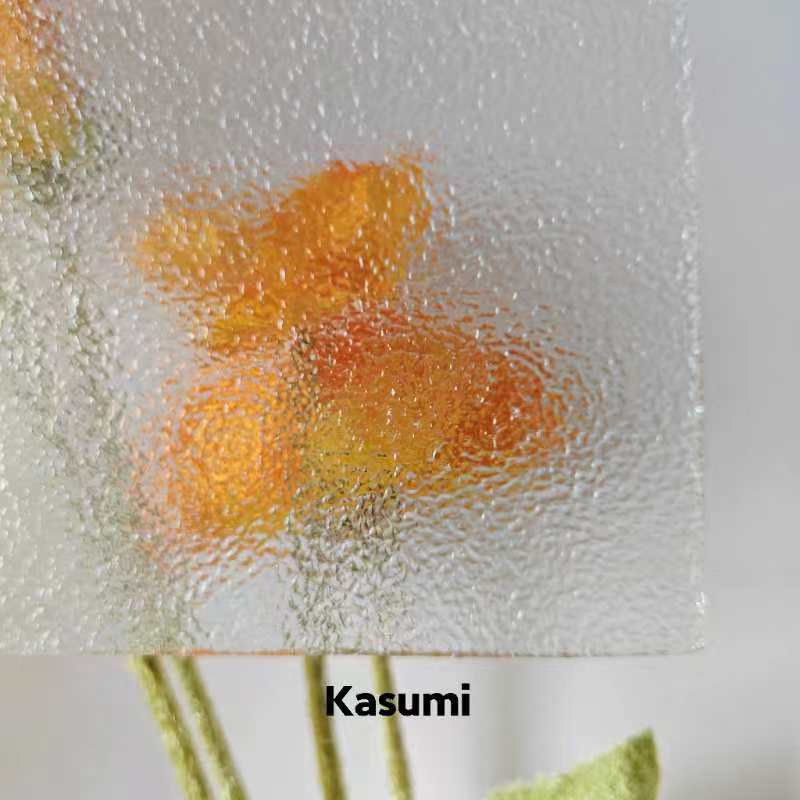

The Emerging Trends in Float Glass Panel Technology
In recent years, the construction and architecture industries have witnessed a significant transformation, particularly with the increasing adoption of float glass panels. These panels, characterized by their smooth surfaces and excellent optical clarity, have become a pervasive choice for builders and designers aiming to create modern, aesthetically pleasing structures. Float glass technology refers to the process of producing flat glass by floating molten glass on a bed of molten tin. This method results in high-quality glass with uniform thickness and a flawless finish, making it ideal for a wide range of applications.
One of the most substantial advantages of float glass panels is their versatility. They can be used in various applications including windows, facades, partitions, and even furniture. The transparency of float glass allows for an abundance of natural light to flood interiors, creating bright, inviting spaces. This characteristic has particularly caught the attention of eco-conscious architects who are keen on promoting energy efficiency through natural lighting. Moreover, float glass can be treated to enhance its insulating properties, thus contributing to energy conservation in buildings.
One notable trend in float glass technology is the development of low-emissivity glass, commonly known as low-E glass. This type of glass has a special coating that reflects heat while allowing natural light to enter. Consequently, low-E float glass panels significantly improve energy efficiency by reducing heating and cooling costs for buildings. As energy regulations become stricter, the demand for low-E glass technology is anticipated to rise, positioning float glass manufacturers as key players in the sustainable building movement.
Furthermore, advancements in float glass technology have led to the introduction of smart glass panels. Smart glass, or switchable glass, can change its properties based on external conditions. For instance, electrochromic glass can tint on demand, providing shade and reducing glare without compromising visibility. This innovation offers tremendous benefits for both residential and commercial spaces, allowing for a customizable environment that can adapt to users' needs throughout the day. As building automation systems become more sophisticated, the integration of smart glass technology is expected to become more prevalent in future construction projects.

The aesthetic appeal of float glass panels is another factor driving their popularity. Architects and designers often prioritize visuals in their projects, and glass panels provide an elegant appearance that can elevate any structure. From sleek corporate offices to luxurious residential homes, the ability to create expansive glass facades that blur the lines between indoor and outdoor spaces has revolutionized architectural design. The transparency and modern look of float glass panels can create a sense of openness and connectivity with nature, appealing to the growing preference for biophilic design in contemporary architecture.
However, despite the numerous benefits associated with float glass panels, there are challenges that manufacturers and builders must navigate. One of the primary concerns is safety. While float glass is generally strong, it can shatter under extreme pressure or impact. To address these safety issues, tempered glass and laminated glass are often used in construction, offering enhanced durability. Building codes and regulations also require careful consideration of the types of glass used in various applications to ensure compliance and safety.
Additionally, the environmental impact of glass production remains an area of focus. The manufacturing process of float glass is energy-intensive, and sourcing raw materials can contribute to a larger ecological footprint. Consequently, manufacturers are investing in greener technologies and practices, such as using recycled glass and reducing emissions during production. Such initiatives not only address environmental concerns but also resonate with consumers who are increasingly prioritizing sustainability in their purchasing decisions.
In conclusion, float glass panels represent a significant advancement in the building materials industry, offering a combination of aesthetic appeal, versatility, and energy efficiency. With ongoing technological developments, including low-E and smart glass innovations, the potential applications of float glass are expanding. As the demand for sustainable and visually appealing architecture continues to grow, float glass panels are poised to play a crucial role in shaping the future of construction and design. By addressing safety and environmental considerations, the industry can ensure that float glass remains a reliable and attractive option for years to come.